#bomb magazine
Photo

Teju Cole, interviewed by Aleksandar Hemon for Bomb Magazine
[Text ID: “What do I believe in? Imagination, gardens, science, poetry, love, and a variety of non-violent consolations. I suspect that in aggregate all this isn’t enough, but it’s where I am for now.“]
#the way their friendship illuminates this conversation...a delight truly#q#lit#quotes#teju cole#interviews#bomb magazine#life everlasting#typography#m#x
3K notes
·
View notes
Text


marie howe (interviewed for bomb magazine by victoria redel) \\ geetanjali shree tomb of sand
kofi
#on stories#on poetry#marie howe#bomb#bomb magazine#victoria redel#geetanjali shree#mine#my webweaving#webweaving#web weaving#webweave#web weave#webweaves#web weaves#ww#parallel#parallels#parallelism#compilation#compilations#intertext#intertextuality#wordweave#word weave#wordweaving#word weaving#wordweaves#word weaves#tomb of sand
239 notes
·
View notes
Text

Wadada Leo Smith, Jaya, 2010 [«Bomb» Magazine. Corbett vs. Dempsey, Chicago, IL. © Wadada Leo Smith]
#art#drawing#visual writing#music#score#music score#wadada leo smith#bomb magazine#corbett vs. dempsey#2010s
78 notes
·
View notes
Photo
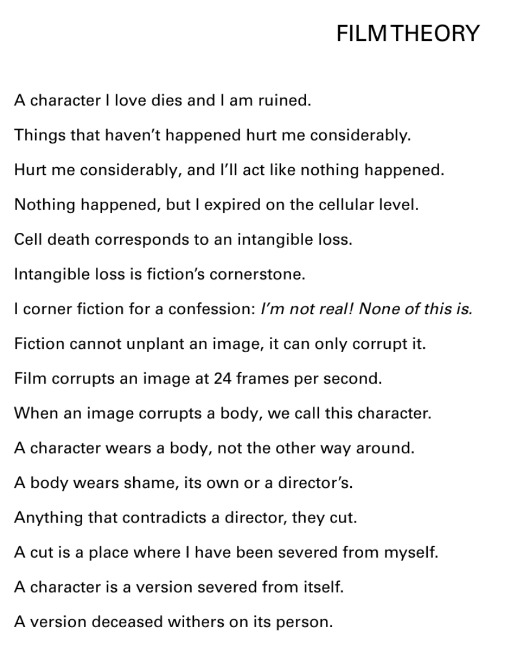
--Xan Phillips, pub. in BOMB Magazine
#poem#poetry#op#xan phillips#poc poets#black poets#bomb magazine#film#quote#literature#fiction#characters
74 notes
·
View notes
Text
"Well, for a start, I don’t have a studio practice. Like, studio practice? In this economy? Instead, I have a kid and some reading groups and a lot of physical rehab and a teaching job and one or two friends and lovers. The art world is a deathly world which provides nothing needed for the production of art. It gives no life back. So I began to do things that will give me life and divest from the rest because I’ve been doing this for a long time, and it’s not getting better.
You asked me about the red writing on the wall in Enclosures at Camden Art Centre. It’s called Writs (2022), and it’s a kind of counting or accounting.
I think about all of the lives that go uncounted, uncanonized by “the institution” in its broadest sense. I recommend you visit the Covid memorial while you’re in London; I couldn’t have known it, but all those red hearts, all that asemic accounting, has some parallel with Writs. It is a public monument at the most incredible scale. The unalienated heart of art itself is buried too damn deep in the art-world corpus, or corpse, to remember that such a thing exists, but it’s there on that wall. It’s not the fact of the work itself but the fact that somebody made it. And don’t let the conceptualists fool you: that in itself is a whole politics. It’s the best artwork you’ll see while you’re here."
– Jesse Darling in Bomb Magazine
5 notes
·
View notes
Text

Richard Siken in conversation with Legacy Russell (BOMB Magazine, 2011).
#richard siken#crush#war of the foxes#gay#poetry#siken#interview#legacy russell#bomb magazine#literature#op
18 notes
·
View notes
Text
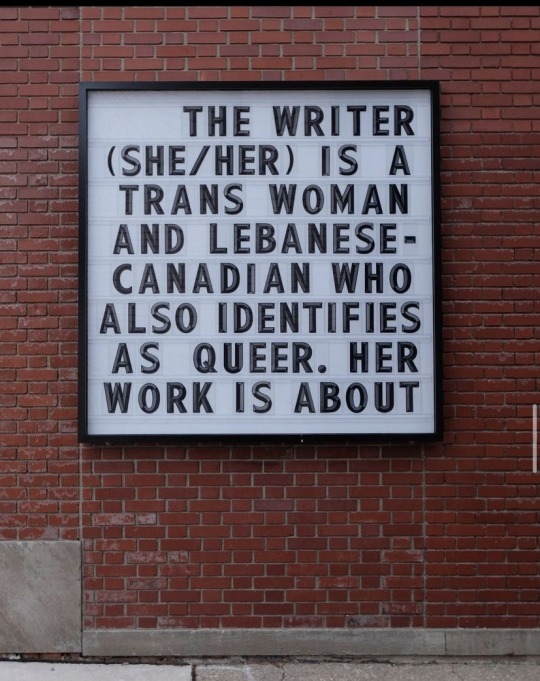


artist bio - anna daliza // five fits with: genre-defying singer-songwriter tamino - esquire // fight club: richard siken by legacy russel - bomb magazine
#my content#web weaving#identity politics#about art#anna daliza#tamino#richard siken#esquire#bomb magazine
76 notes
·
View notes
Text

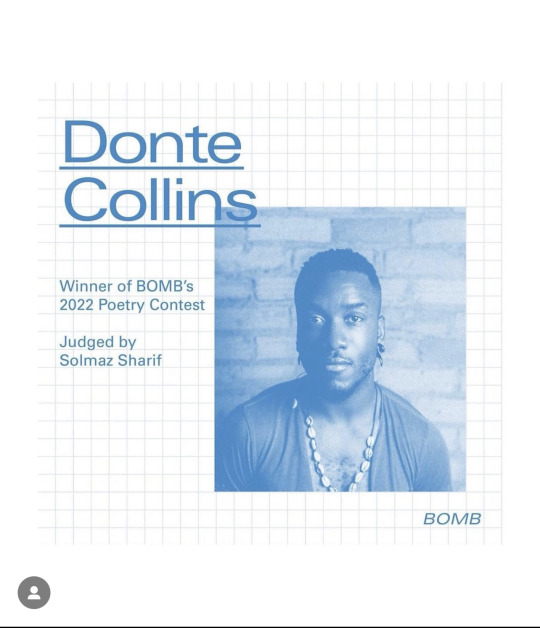
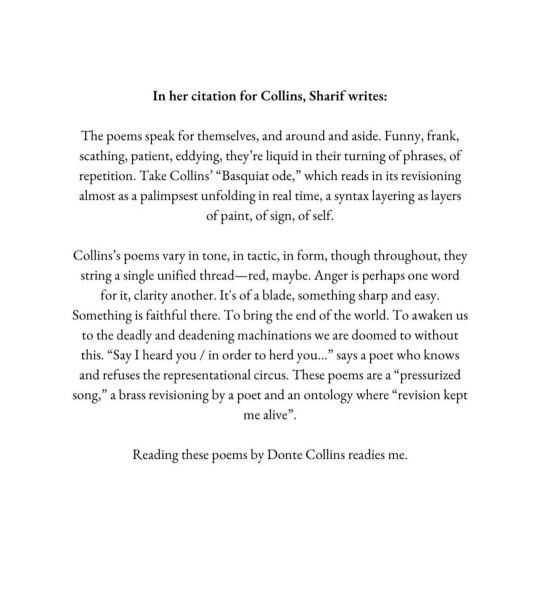
BOMB is honored to announce the winner of our 2022 Poetry Contest: Donte Collins! Guest judge Solmaz Sharif selected this year's winner, who will receive a $1,000 prize and will be published in our Fall 2022 issue.
In her citation for @dontecollinsthepoet , Solmaz Sharif writes, "The poems speak for themselves, and around and aside. Funny, frank, scathing, patient, eddying, they're liquid in their turning of phrases, of repetition.. Reading these poems by Donte Collins readies me."
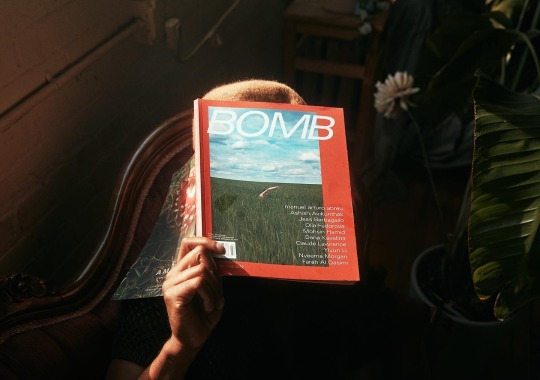
36 notes
·
View notes
Text

Midsummer Night's Fairies by John George Naish (1856)
* * * *
In the West, you find the idea that only humans have language. I never believed that. We know bacteria sing to each other, that even subatomic particles are self-aware and communicate and tangle with one another. So, for me, the universe is itself language; everything is speaking to everything else, in particular chemical, sonic, and territorial languages. There are sorts we can’t even imagine, yet together they form part of what we as humans can sense and perceive. We can talk about things as if we know what we are talking about. That’s the most fascinating thing in the world because in truth we don’t know much at all. What we don’t know composes 99.9 percent of the real. That possibility of sensing what we cannot name makes language what it is—a reaching for what cannot be said.
Cecilia Vicuña, from an interview in BOMB Magazine (via iahsf)
[alive on all channels]
#alive on all channels#Cecilia Bicuna#BOMB magazine#language#the elements#communication#Midsummer Night's Fairies#John George Naish
2 notes
·
View notes
Text
In every workshop I teach, I end up mentioning the distinction you make between nighttime logic, daytime logic, and dream logic. It’s an idea that always generates much curiosity; my students view it as a source not only of creative clarity but of creative permission. To begin with, here’s my best attempt at articulating these different storytelling approaches: A narrative possesses daytime logic when at the end you can say, “This happened, and then this happened, and it makes sense, and I can explain why.” With nighttime logic, you say, “This happened, and then this happened, and it makes sense, and I can’t explain why.” And with dream logic, you say, “This happened, and then this happened, and it doesn’t make any sense.” In other words, daytime logic produces a logical, causal kind of sense, while nighttime logic produces a more mysterious, emotional kind of sense. Dream logic produces emotion but not sense. Are there ways in which you would reshape this explanation for me? What have I missed?
-Kevin Brockmeier
2 notes
·
View notes
Text
I only really take street snaps, and when I step outside, any concept I may have is obliterated by the city. That's how imposing concepts of the external world are—or at least, that's how I sense them. For me, the street is always interesting because any world of images I construct is promptly dismissed once I go outside.
Daido Moriyama in a 2017 interview with BOMB Magazine [x]
4 notes
·
View notes
Quote
I also find the stern distinction between fiction and nonfiction odd. It’s not at all a natural way of splitting up narrated experience, just as we don’t go around the museum looking for fictional or nonfictional paintings. Painters know that everything is a combination of what’s observed, what’s imagined, what’s overheard, and what’s been done before. Is Monet a nonfiction painter and Ingres a fiction painter? It’s the least illuminating thing we could ask about their works.
Teju Cole, interviewed by Aleksandar Hemon for Bomb Magazine
#q#lit#quotes#interviews#teju cole#bomb magazine#notes on an art form#notes on the canon#favourite#archive#m#x
3K notes
·
View notes
Text

Wadada Leo Smith, Kashala, 2011 [«Bomb» Magazine. Corbett vs. Dempsey, Chicago, IL. © Wadada Leo Smith]
#art#drawing#visual writing#music#score#music score#wadada leo smith#bomb magazine#corbett vs. dempsey#2010s
23 notes
·
View notes
Text
https://bombmagazine.org/articles/william-fowler/
0 notes
Text
In 1972, I completed my last figurative painting of several gymnasts on parallel bars, on mats, vaulting horses, and so on. I realized then that the painting was not about figures but about movement, direction, and space. Leaving the figure behind, I focused on drawing the equipment to see how those forms might evolve and become something different, specifically something other than their manufactured shapes, and be made useful in a new and different way. The pastel drawing of gymnastic equipment evolved to become geometric shapes, hence geometric abstraction. I experienced two critical encounters: first, Hans Hoffmann’s “push and pull” theory of color; second, Piet Mondrian’s early tree drawings that evolved to become intersecting lines, followed by geometric shapes. Abstraction is not merely taking things, ideas, and objects apart. For me, abstraction is about possibilities and the potential of the real to become something other. Abstraction offers me opportunities to remake the real.
—Cynthia Hawkins, interviewed in Bomb Magazine (2023)
#art practice#black studies#critical theory#abstraction#contemporary art#black women in art#black women artists#interviews#abstract painting#Cynthia Hawkins#Gwynfor’s Soup#Proximity of Matter#Bomb Magazine
0 notes
Text
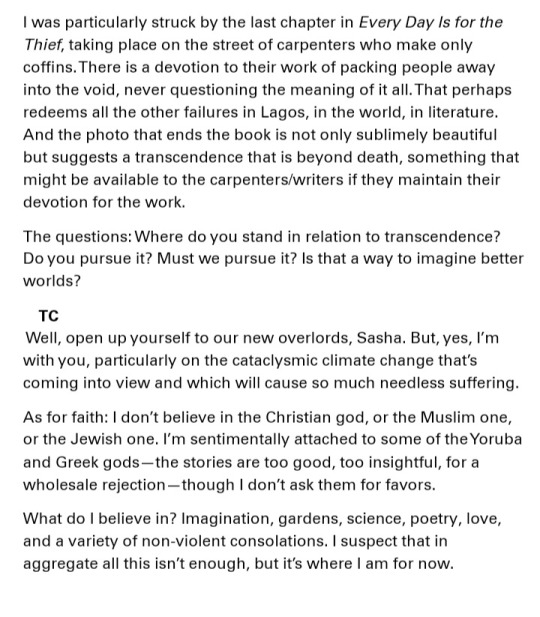
Teju Cole, in conversation with Aleksandr Hemon, Bomb Magazine
1 note
·
View note